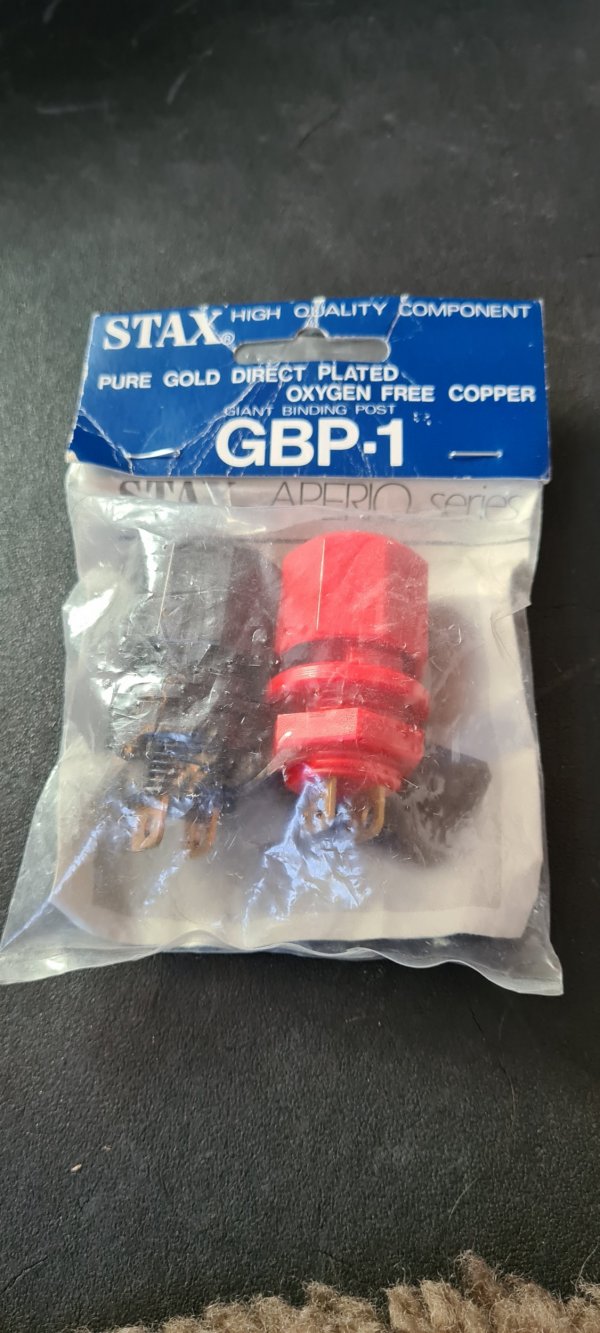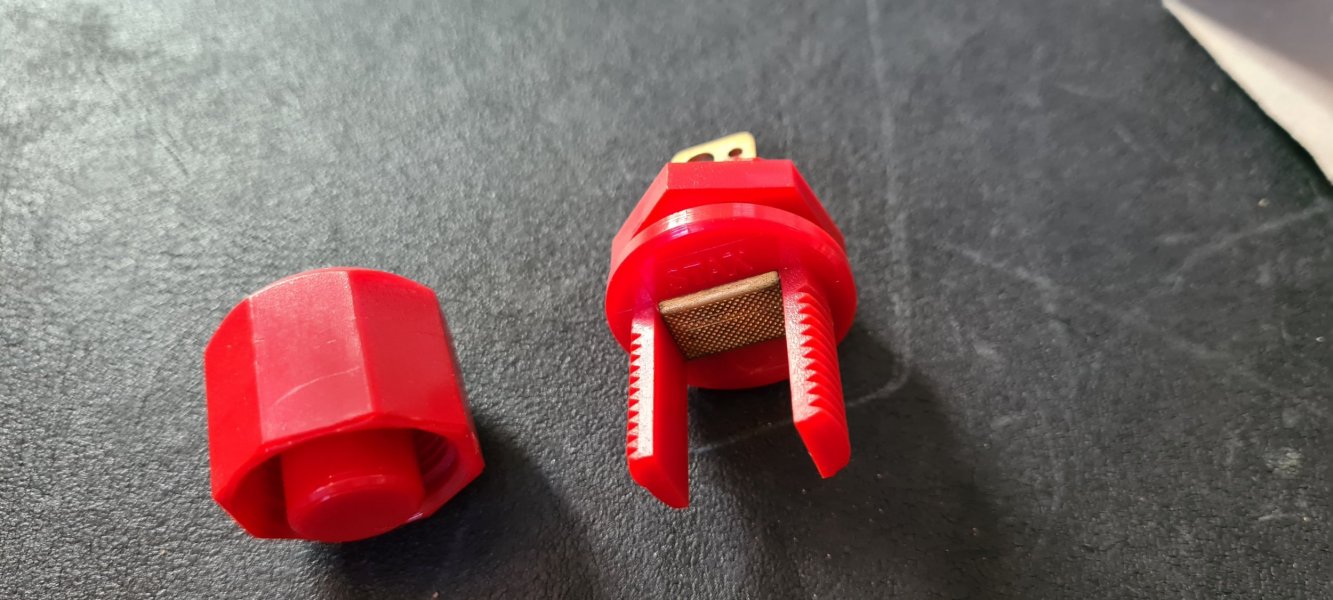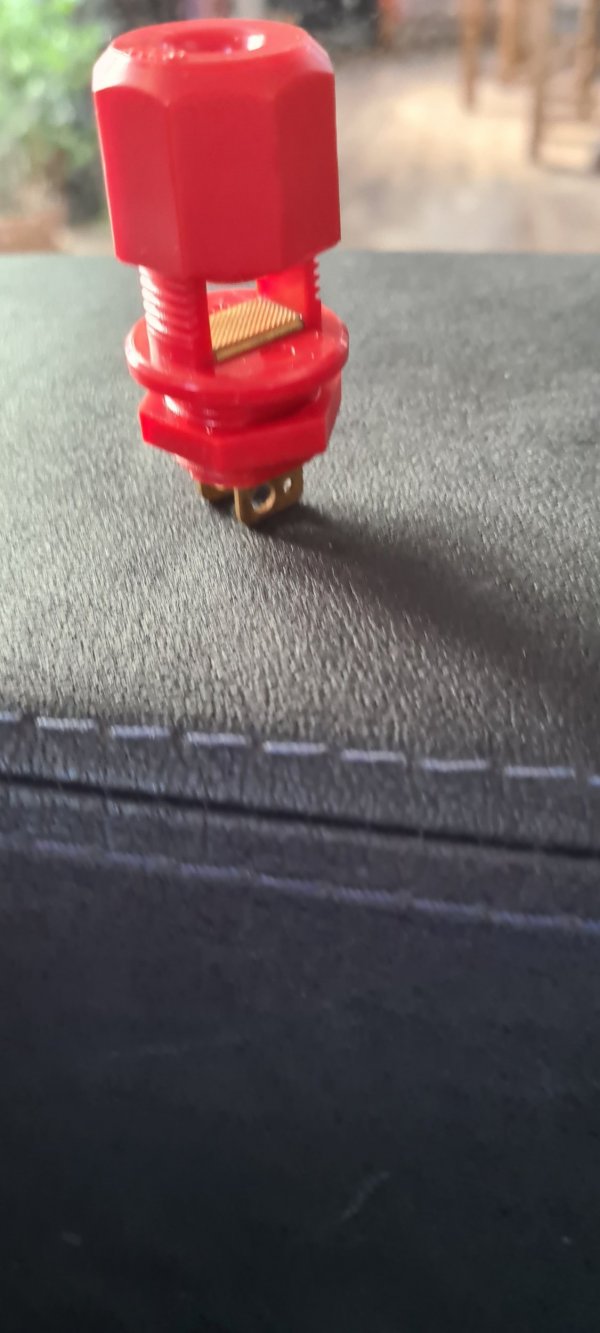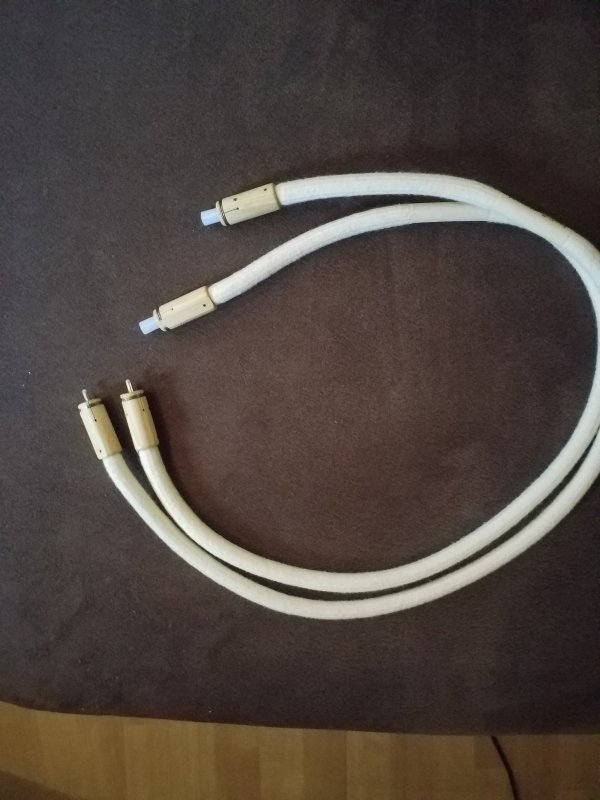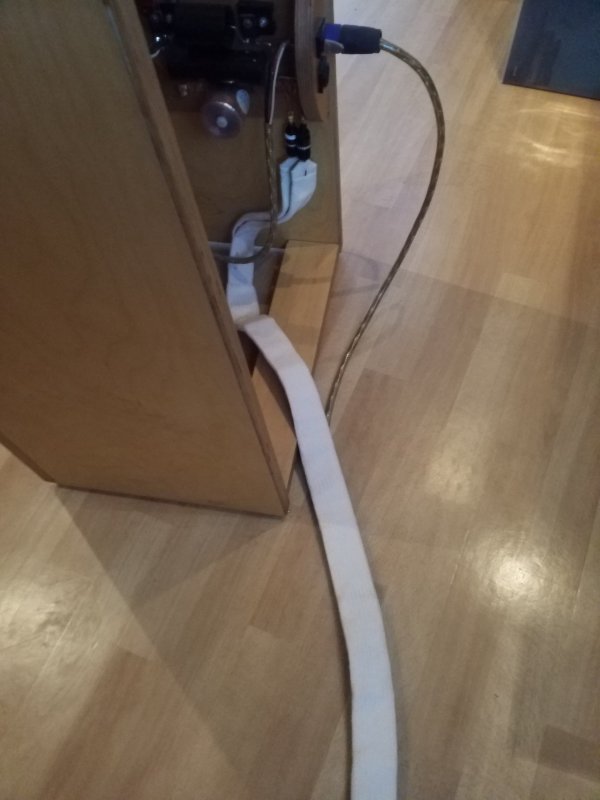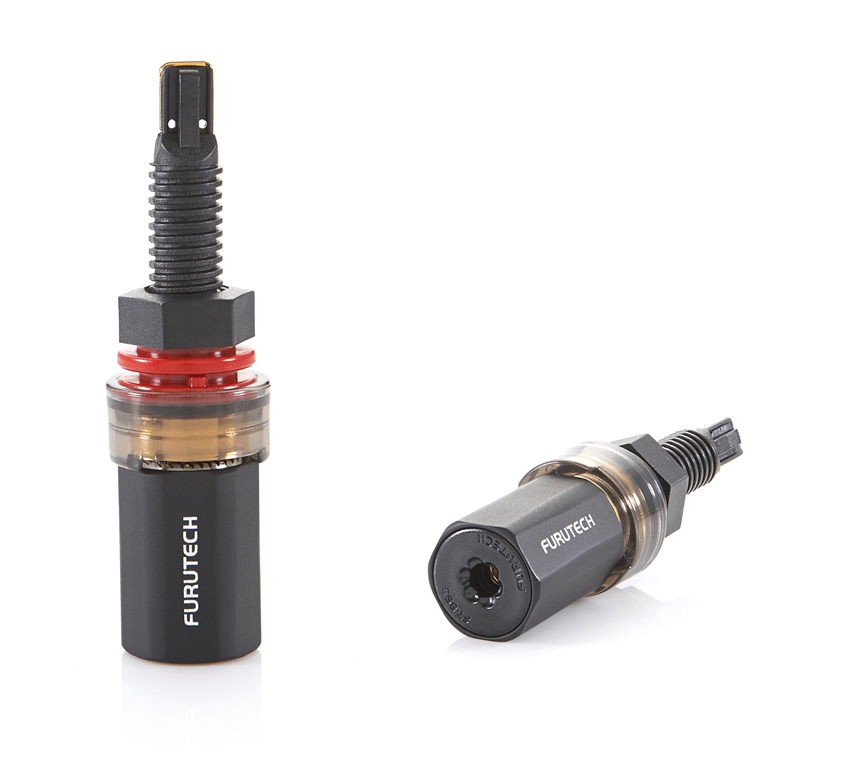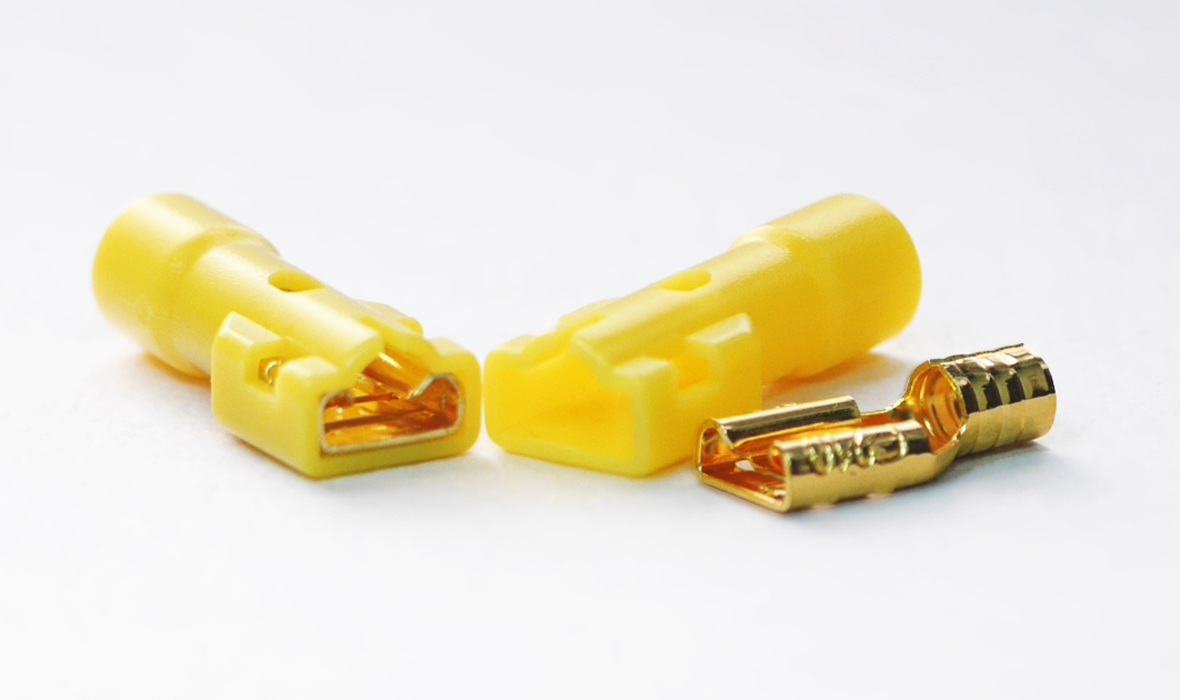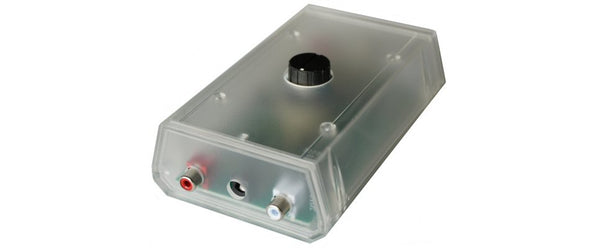FWIW before we connected a phonograph to a balanced input no-one else had done it.If I send an XLR phono cable with a separate ground wire, if I do connect shield at pin1 it's a gamble. IME, it's better not to because the customer may not get an ideal result if I do connect pin1, and they may never know it. However, the technically correct way to build the cable is with pin1 connected.
But it wasn't hard to figure out; just do it the way you'd make a mic cable. So pin 1 is shield and there's no ground wire, because the shield is the ground, just as the tonearm tube is.
Just use Occam's Razor. The idea that a designer screwed up is pretty simple. The other explanation that somehow that addition of a ground wire will make the phono section noisy in some cases and not others despite the phono section being 'designed right' is far more complex.but I do have a hard time believing that this is that difficult for designers of phono preamps to get right.
In the old days when we were the only manufacturer that had a balanced phono section, dealers were mad at us because they had to change out the cable to audition our preamp with a turntable. But using RCA connectors compromises the performance so we had the XLR connectors there as an incentive to do it right.
There's another thread on this site about 'blacker backgrounds' and this feeds right into it. You can't use an RCA connection and call it balanced even though the cartridge is balanced and the signal is amplified in the balanced domain. This is because as I explained earlier, the + side of the signal being shielded by the - side of the signal causes a noise imbalance at the connectors. It may not be much noise but it for sure is there, and if you want a really black background on which the musical palette is presented, all the ducks have to be in a row. If its going to be balanced, the cable is always going to be made the same way every time. No ground wire; perhaps the only variation is if a miniature XLR or the like is used at the preamp end of the cable.







